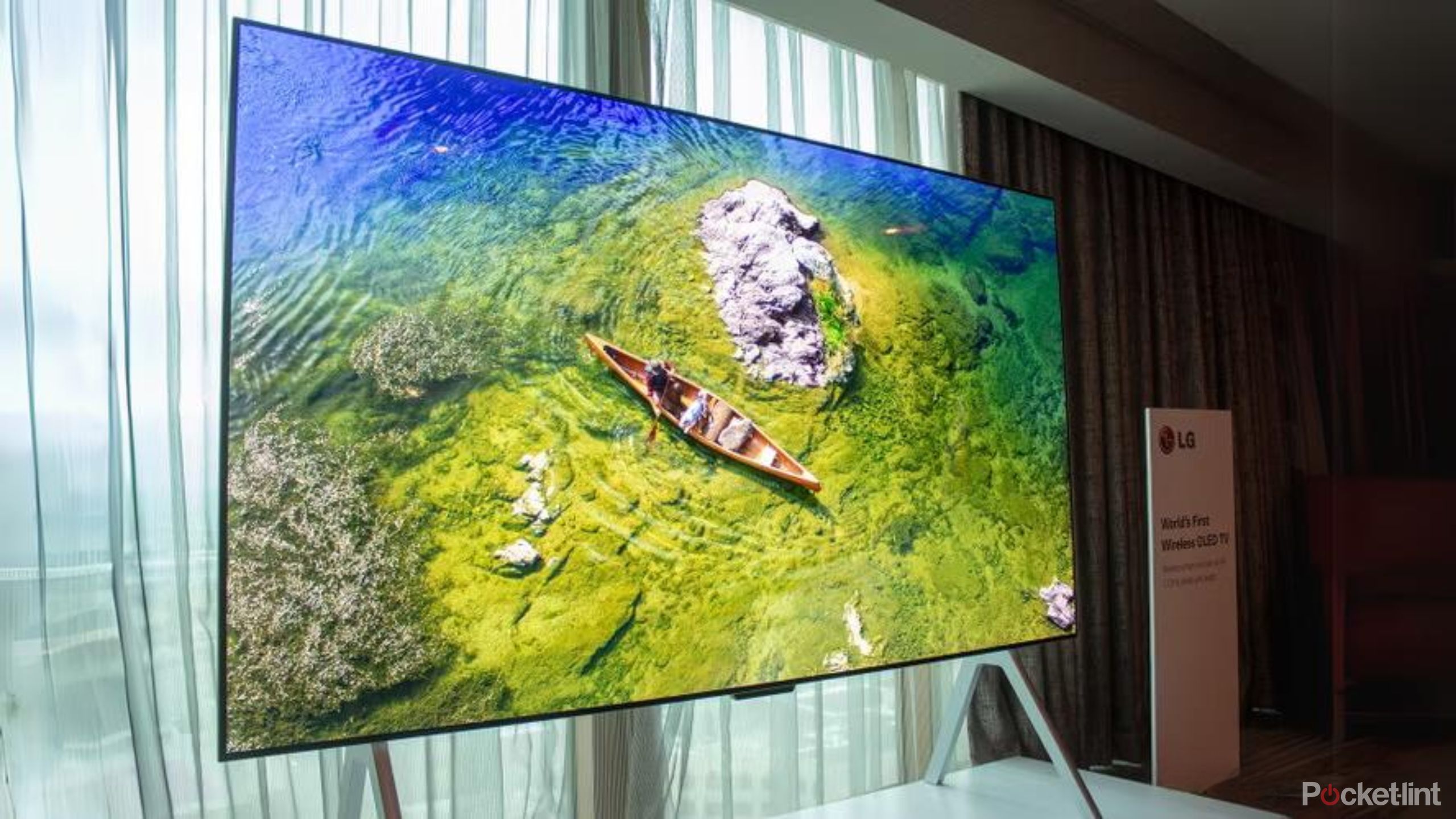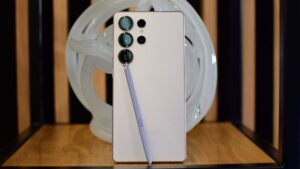Summary
- There are a number of competing display technologies currently on the market.
- Two of the most sought after screen technologies, OLED and QNED, offer both similarities and differences when it comes to visuals.
- Here’s how OLED and QNED display panels compare with one another.
When it comes to modern display technologies, there are a dizzying number of acronyms, marketing terms, buzzwords, and more to keep track of. Broadly speaking, electronic screens come in either the liquid crystal display (LCD) or the organic light-emitting diode (OLED) varieties.
That being said, there’s an endless array of sub-categories that are each distinct from one another, including but not limited to LED, mini LED, AMOLED, QLED, Neo QLED, QNED, microLED, among several other types.
QNED and OLED are two particularly noteworthy display panel technologies — both are now appearing on a growing assortment of high-end consumer TVs, and both promise to deliver excellent clarity and visual fidelity.

Related
4 reasons OLED TVs are actually worth the hype
OLED TVs aren’t cheap, but their stunning contrast and stylish design are among the many reasons why they are worth every penny.
What are the differences between QNED and OLED television displays?
Both screen technologies offer cutting edge visuals, but achieve their results in different ways
QNED, which stands for quantum dot light emitting diode, is a display technology that falls under the LED LCD screen umbrella. In other words, at its core, QNED flat panels rely on a liquid crystal display (LCD) layer to produce visuals, which is then lit up by an array of light emitting diodes (LEDs).
There are a couple of elements that make QNED displays stand out from their generic LED LCD panel counterparts. Namely, the use of mini-LED backlighting makes a big difference here. Unlike with a traditional LED screen, a mini-LED screen is kitted with many tens of thousands of much smaller LEDs. This allows for more granular control over the display and its brightness output, and it becomes possible to incorporate many separate local dimming zones.
Unlike with a traditional LED screen, a mini-LED screen is kitted with many tens of thousands of much smaller LEDs.
The ‘Q’ in QNED, meanwhile, references the quantum dot technology incorporated into the mix. These quantum dots work as an additional screen layer that the mini-LEDs shine through, allowing for richer color than a standard LED would otherwise be capable of producing.

Related
New LG TVs will be able to play Xbox games, no console required
Microsoft has announced the Xbox app is coming to new LG smart TVs later this year.
“QNED models can achieve brighter images than regular LED TVs, reducing reflections on the screen and providing excellent color contrast. If you’re watching a lot of HDR content in a room that gets some light, a QNED device is a great choice,” says imaging company Dolby.
Pixels on an OLED display are self-illuminating, meaning there’s no need for a separate LED layer.
Organic light-emitting diode (OLED) displays, by contrast, work rather differently than QNED and all other LED-powered LCD displays. Pixels on an OLED display are self-illuminating, meaning there’s no need for a separate LED layer. The nature of OLED technology makes it so that pixels can turn themselves off when displaying a black image, which ultimately produces an inky and vivid on-screen picture.

Related
LG’s transparent OLED TV has arrived and it looks like an aquarium
LG’s 77-inch transparent OLED TV is now available for purchase in the U.S., but it doesn’t come cheap.
“This more precise and exact method of light control allows OLED devices to create deep, immersive blacks by switching pixels off entirely. The lack of a backlight allows OLED televisions to be thinner and lighter than other contemporary technologies. If you are looking for a TV that will be the star of your home cinema, an OLED TV might be the right option for you,” says Dolby.
Both QNED and OLED screens are capable of producing excellent picture quality.
Both QNED and OLED screens are capable of producing excellent picture quality, so long as the technologies are implemented in a quality fashion and by a reputable display manufacturer. OLED panels tend to offer punchier colors and inkier blacks, but come at the expense of less brightness and the risk of image burn-in. QNED panels, meanwhile, don’t suffer from these ailments, though they can struggle when it comes to accurately representing pitch-black scenes in movies and TV shows.

Related
Should you get an LCD or OLED Steam Deck?
It’s mostly a question of budget and how diehard you want to be.
FAQ
Q: Are there any additional resources available that break down various display technologies?
Yes, there are a number of excellent resources on the web that aim to simplify the landscape of consumer-facing display technologies. Dolby, a company with a decades-long pedigree in both audio and visual technologies, has a handy TV display guide published on its official site. Likewise, Samsung offers an extensive TV buying guide on its site, which delves into the various display technologies on the market.
Q: Do I need either a QNED or an OLED TV panel to consume HDR content?
Both QNED and OLED display technologies are capable of displaying high dynamic range (HDR) video content, which offers a more true-to-live experience in terms of color accuracy, lighting, and more. There are a number of distinct HDR standards out there — including HDR10, HDR10+, and Dolby Vision. To confirm whether your specific QNED or OLED screen supports one or more of these HDR formats, check with the manufacturer of the product.
Q: Do QNED or OLED displays use microLED technology?
No, microLED is a separate screen technology that is entirely distinct from both QNED and OLED. microLED panels are still largely experimental, having not yet hit the consumer market in a mass-production capacity. microLED screens purport to offer the inky blacks of OLED, without the organic component that causes unwanted burn-in over time.




